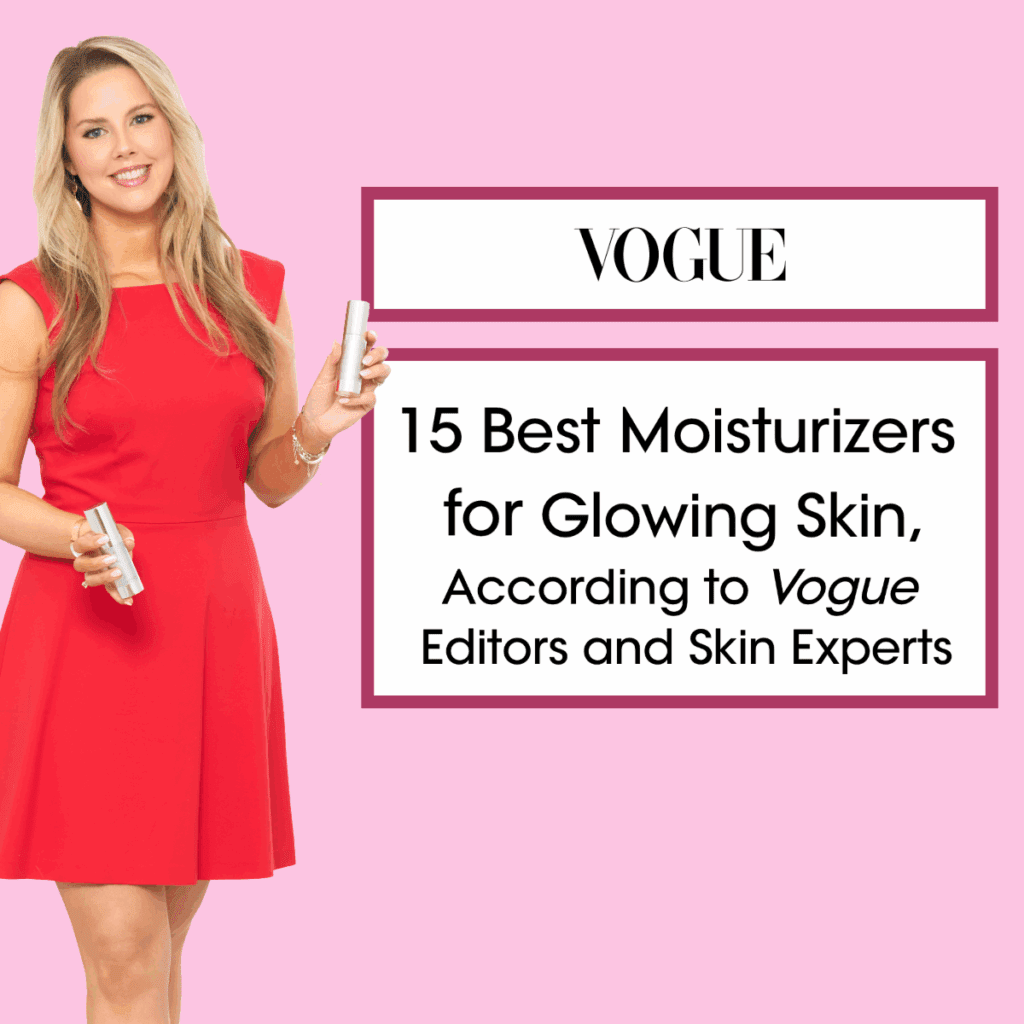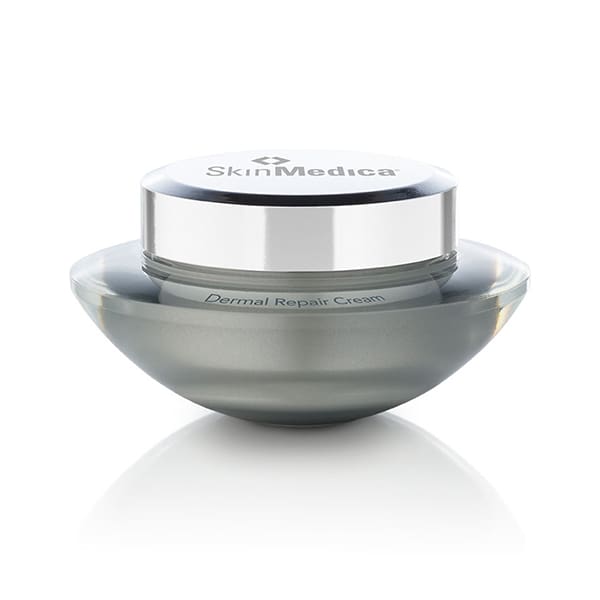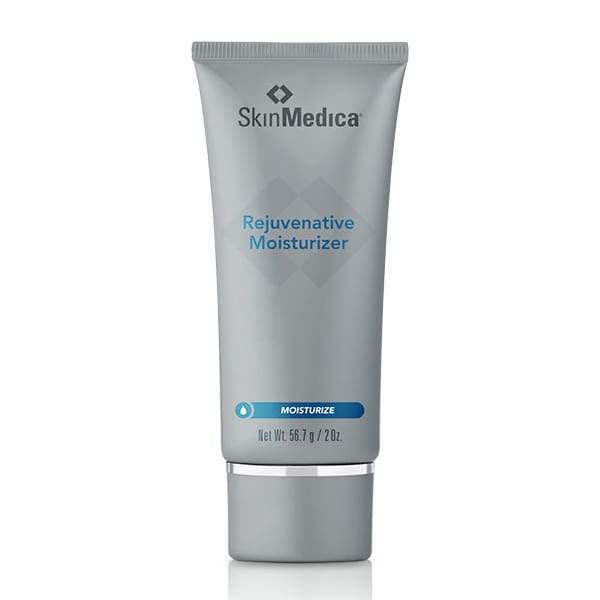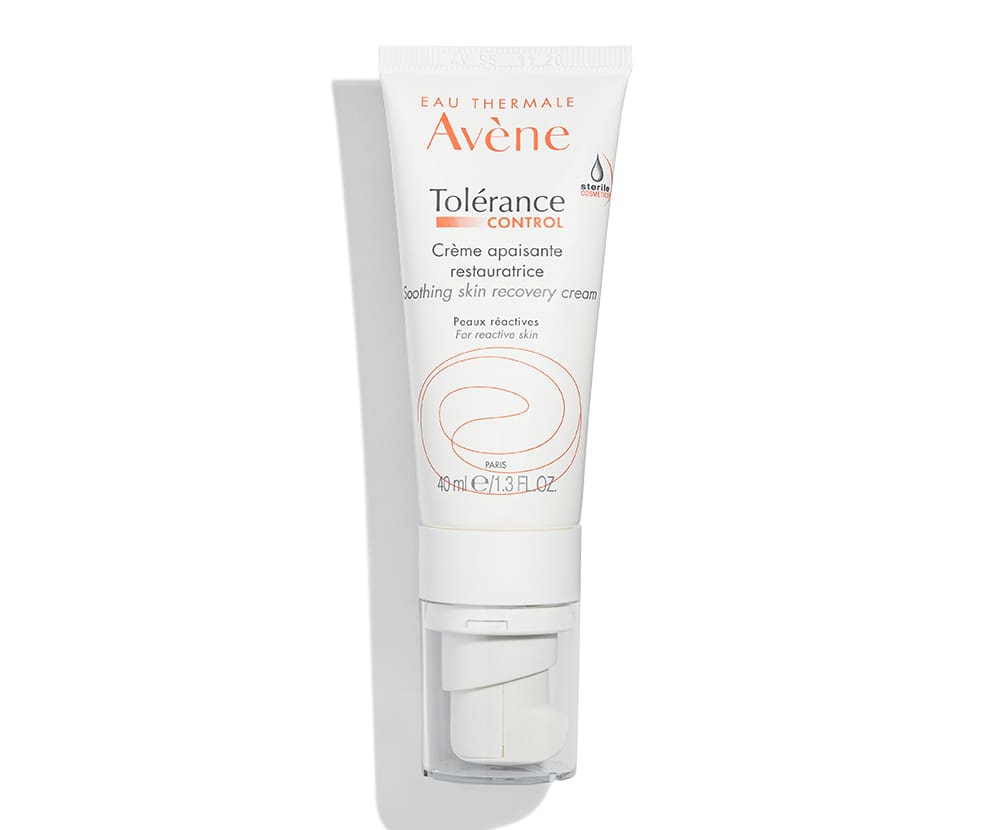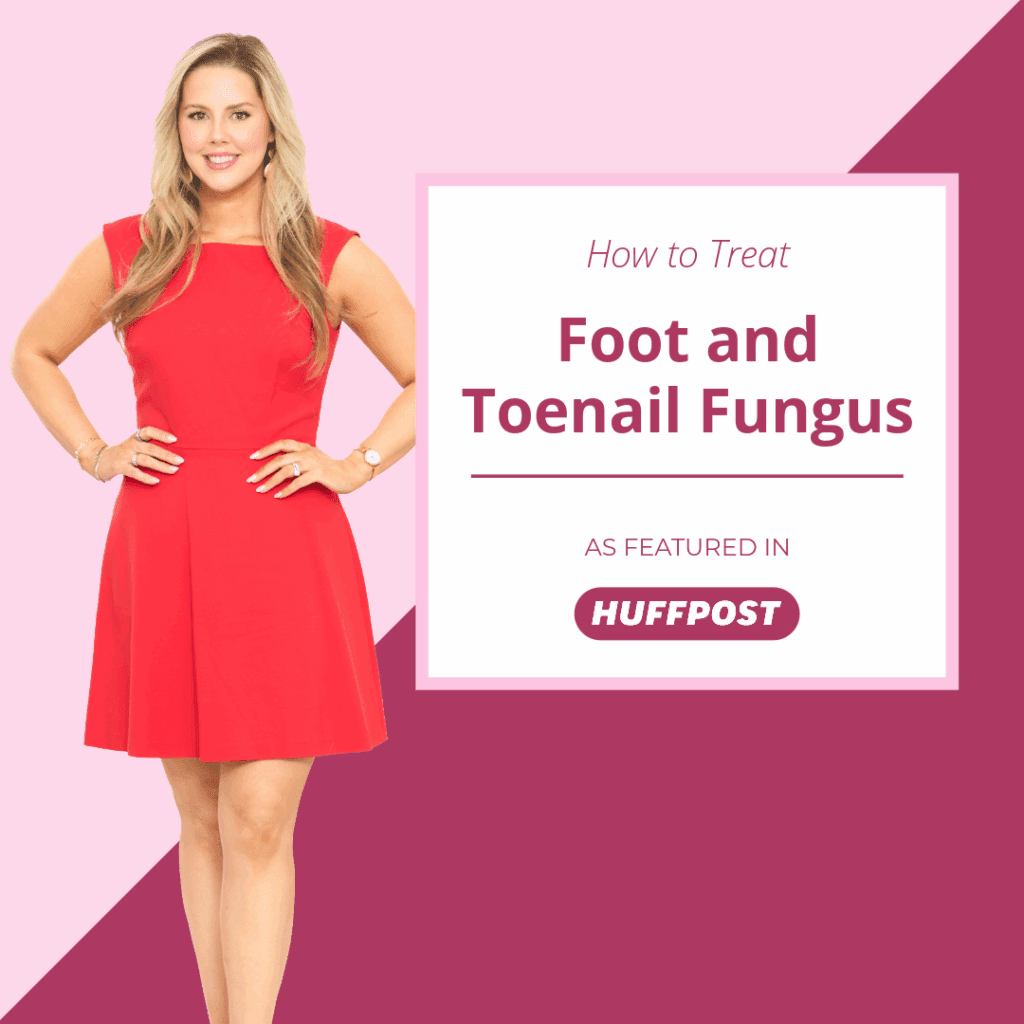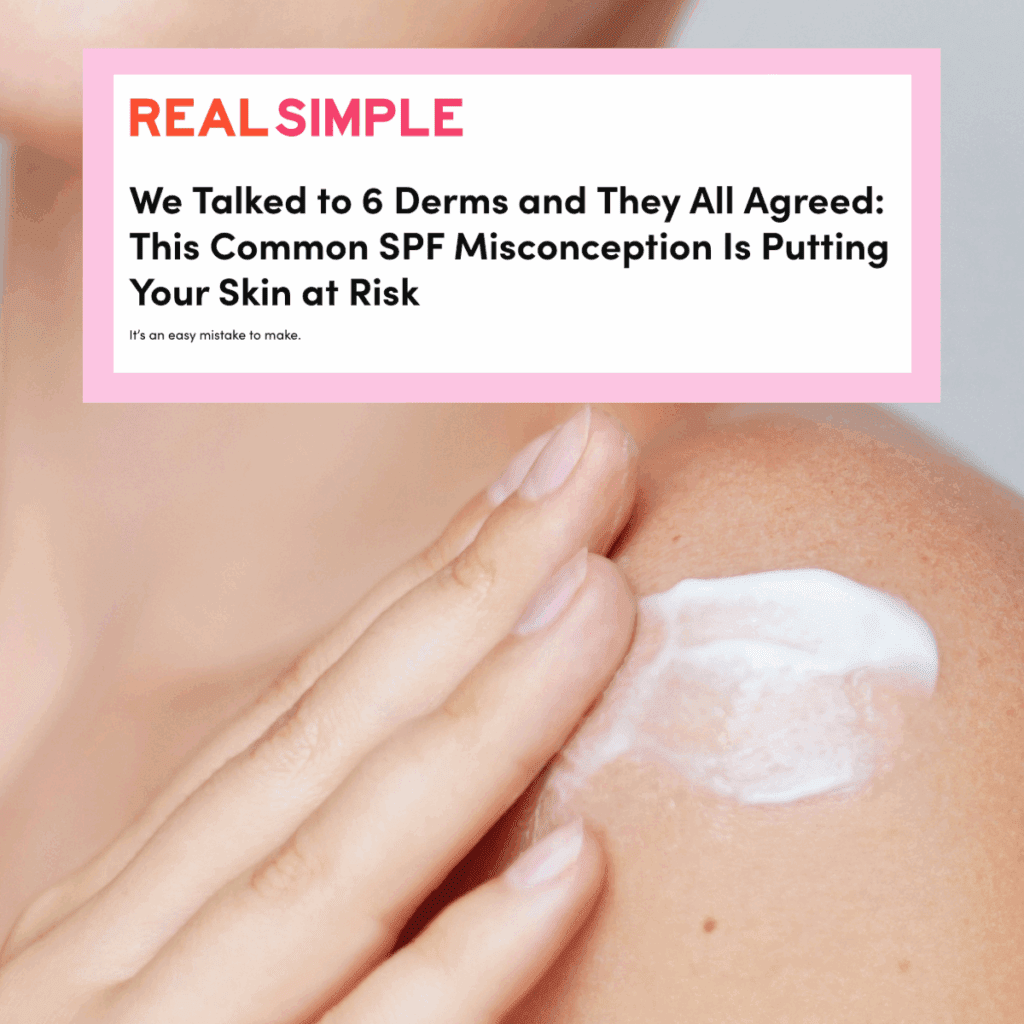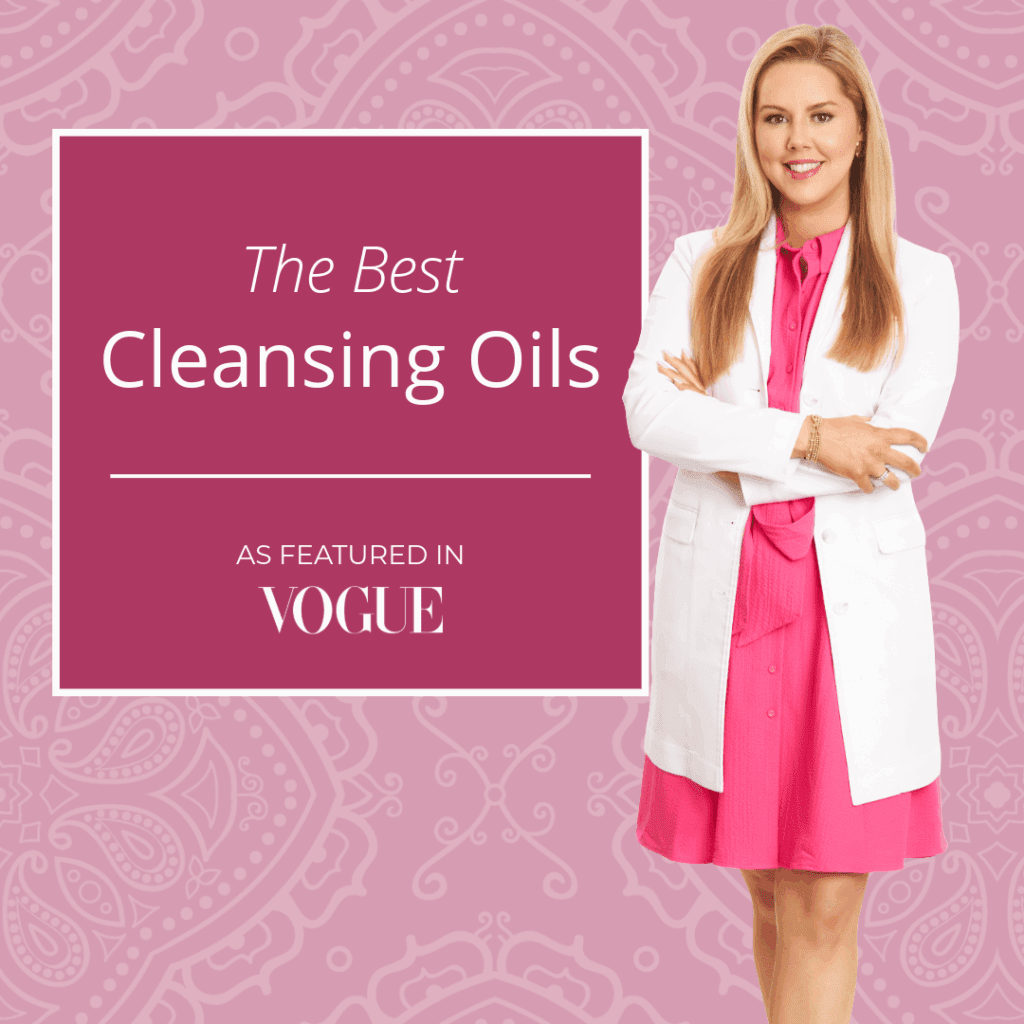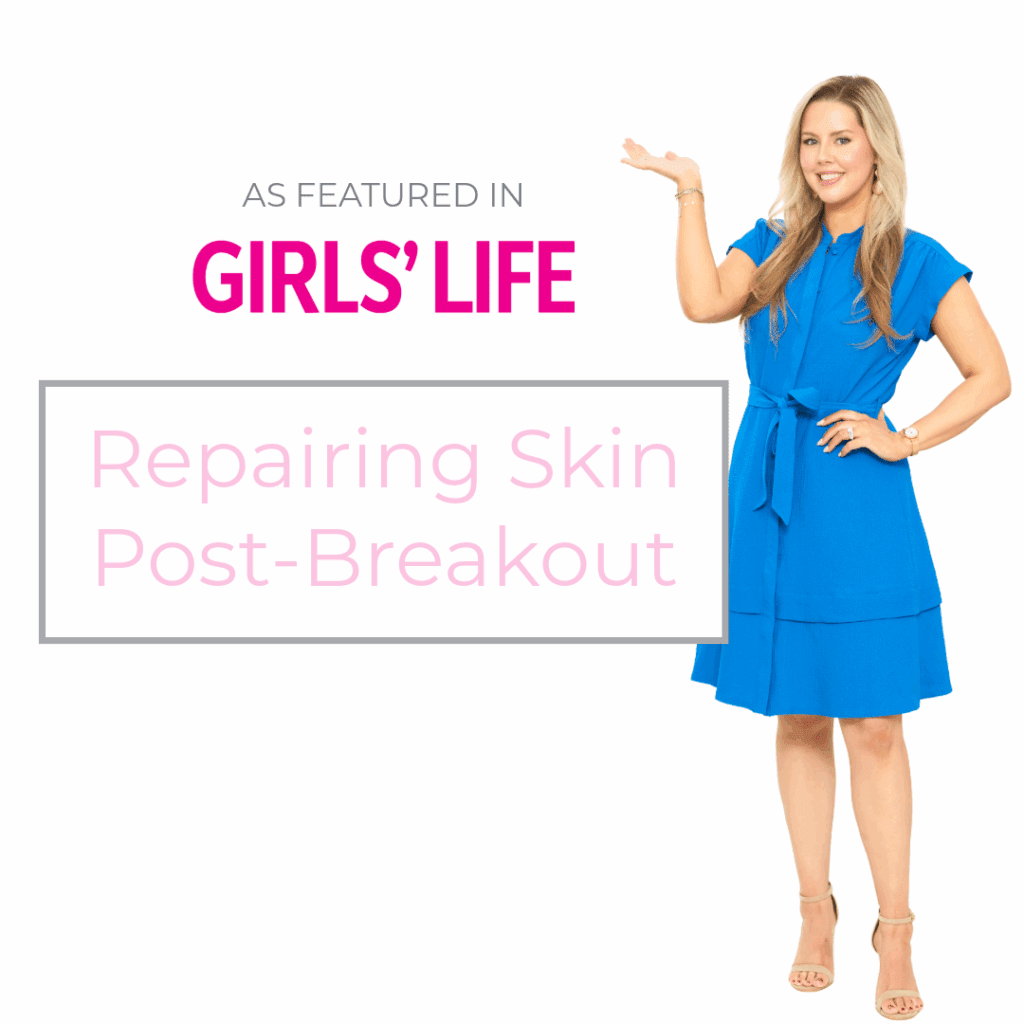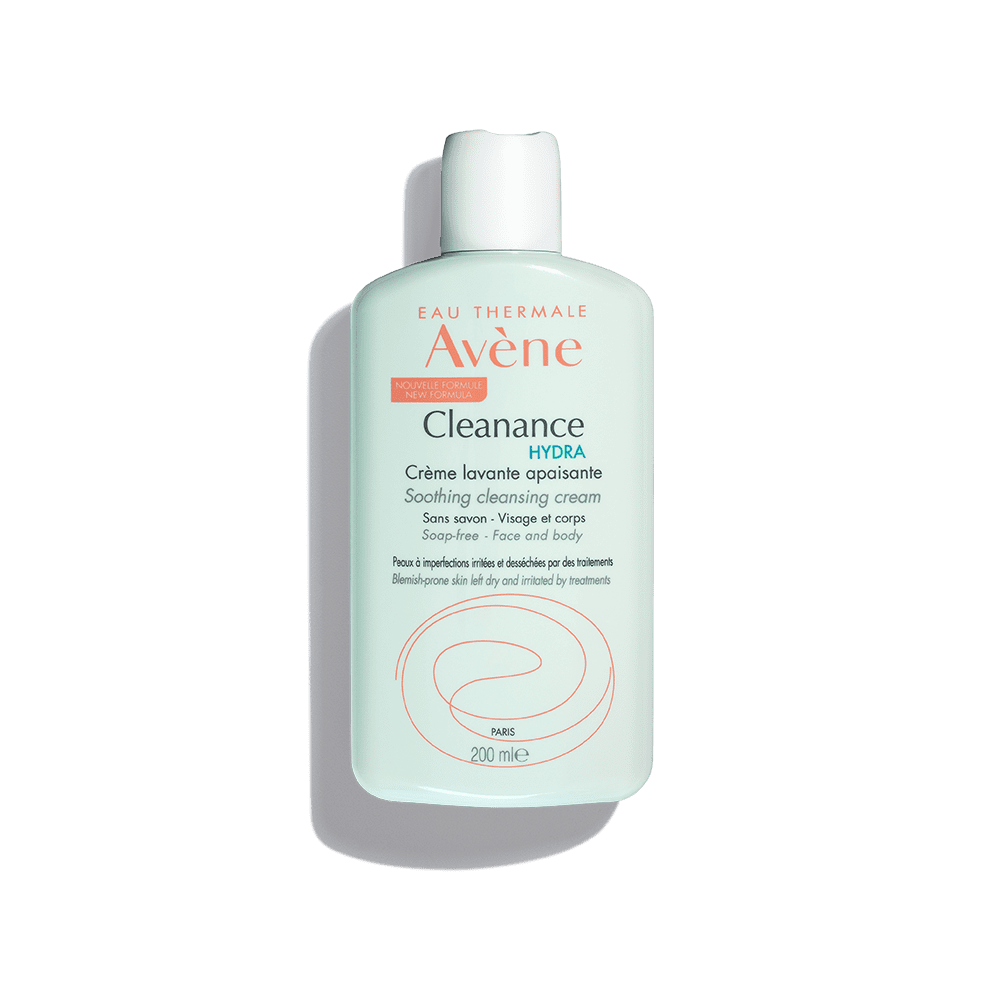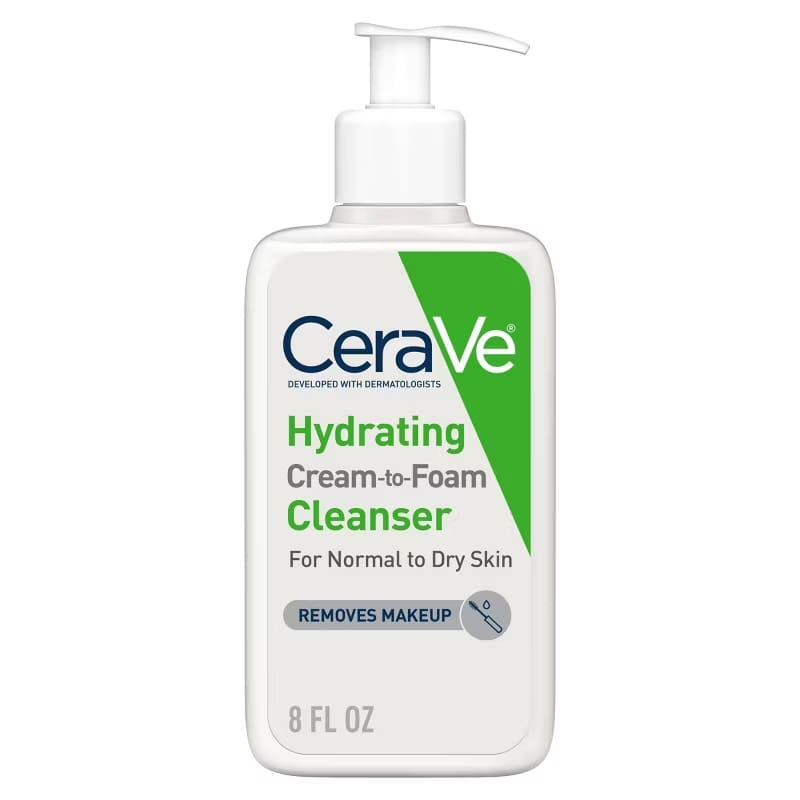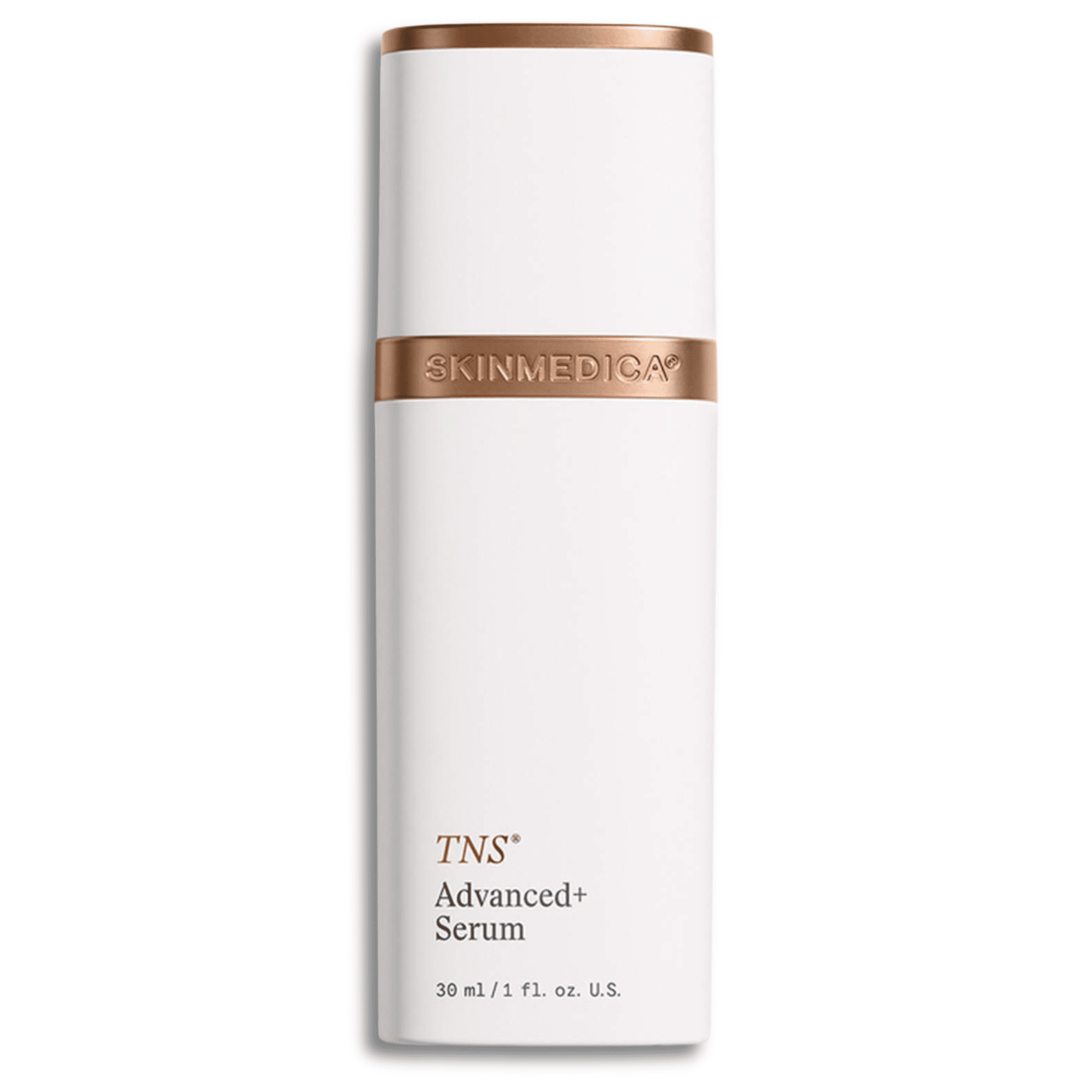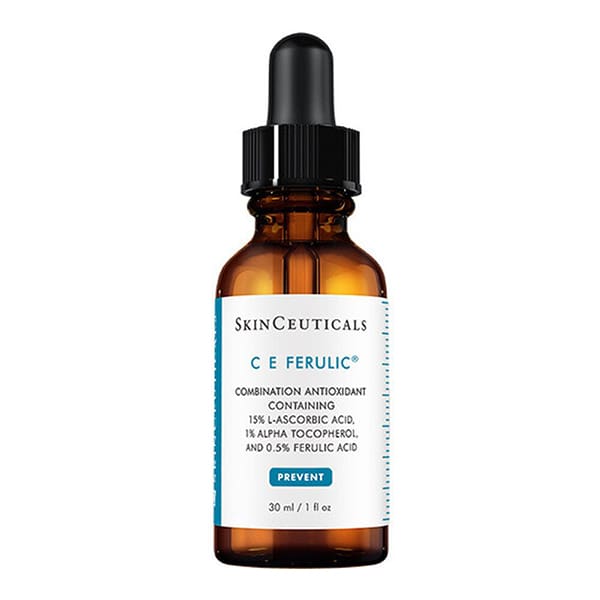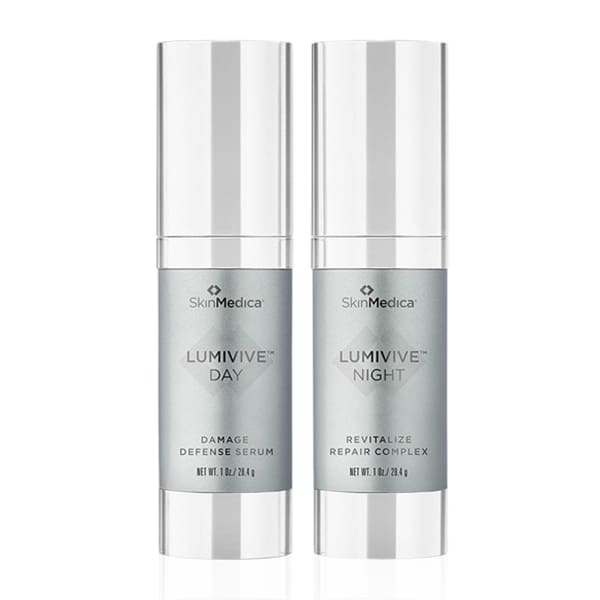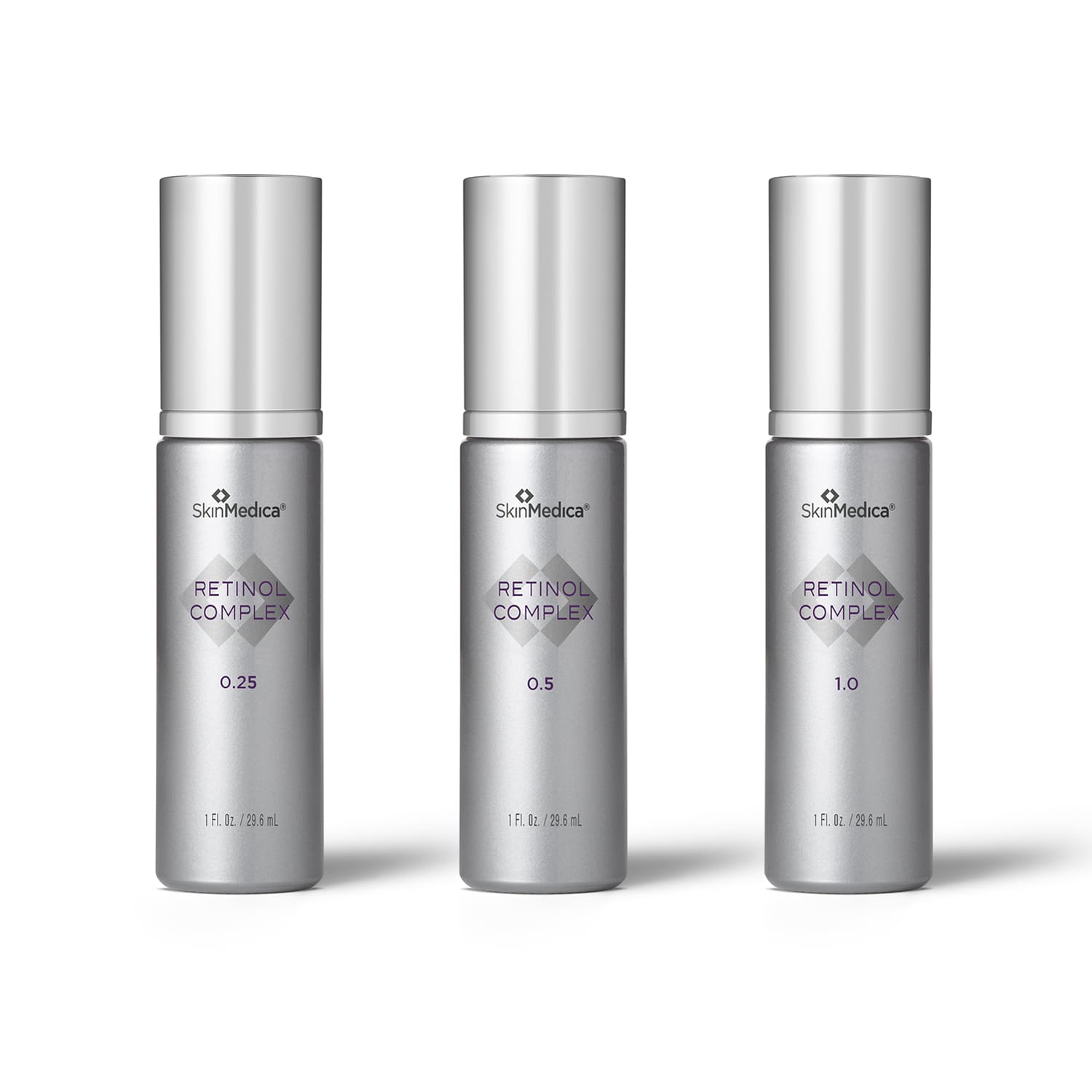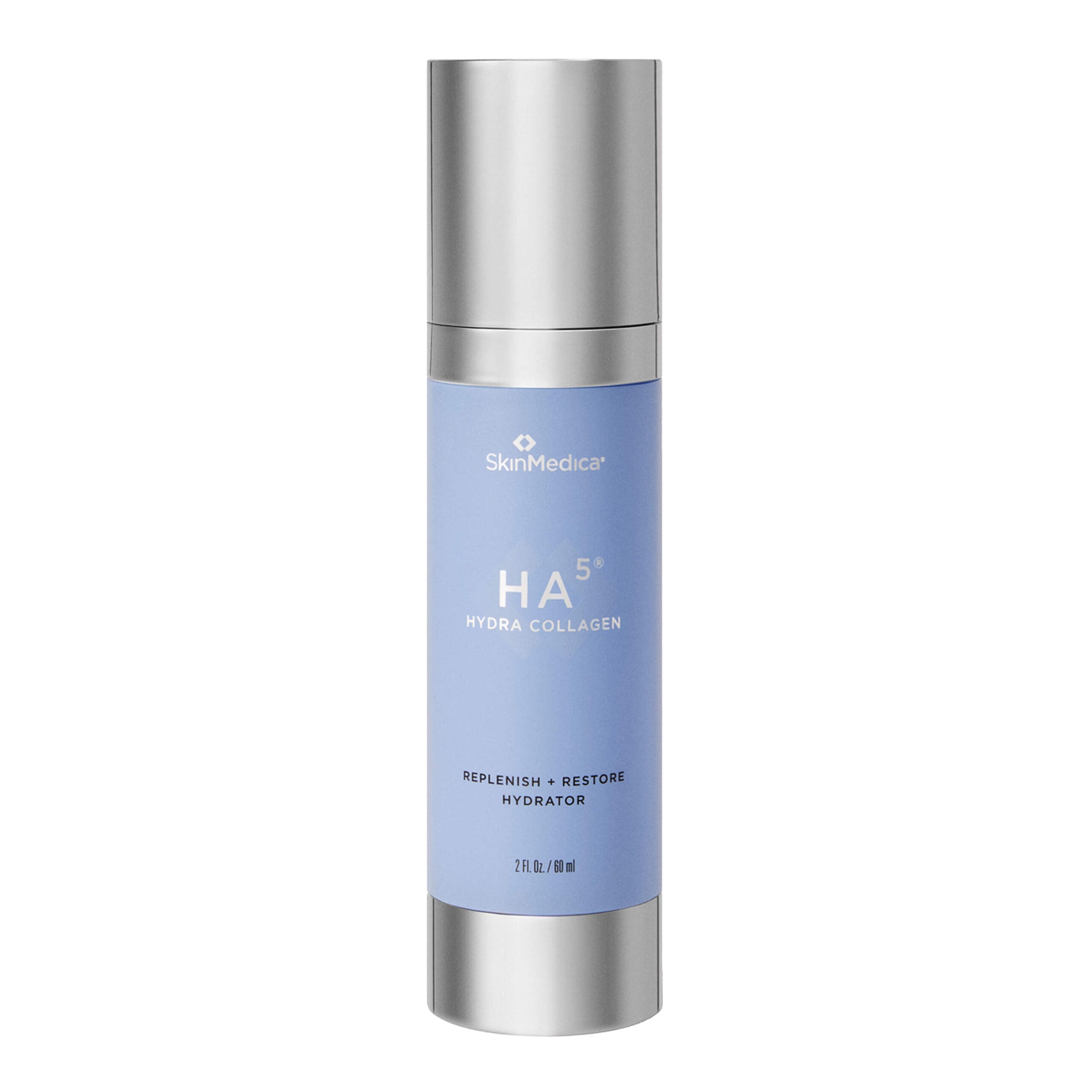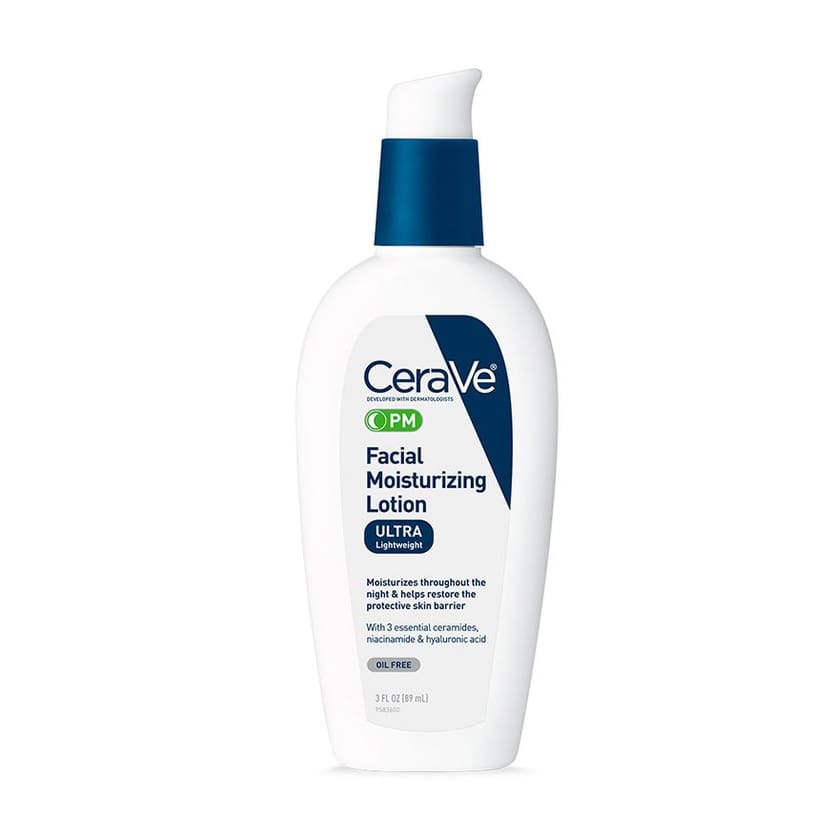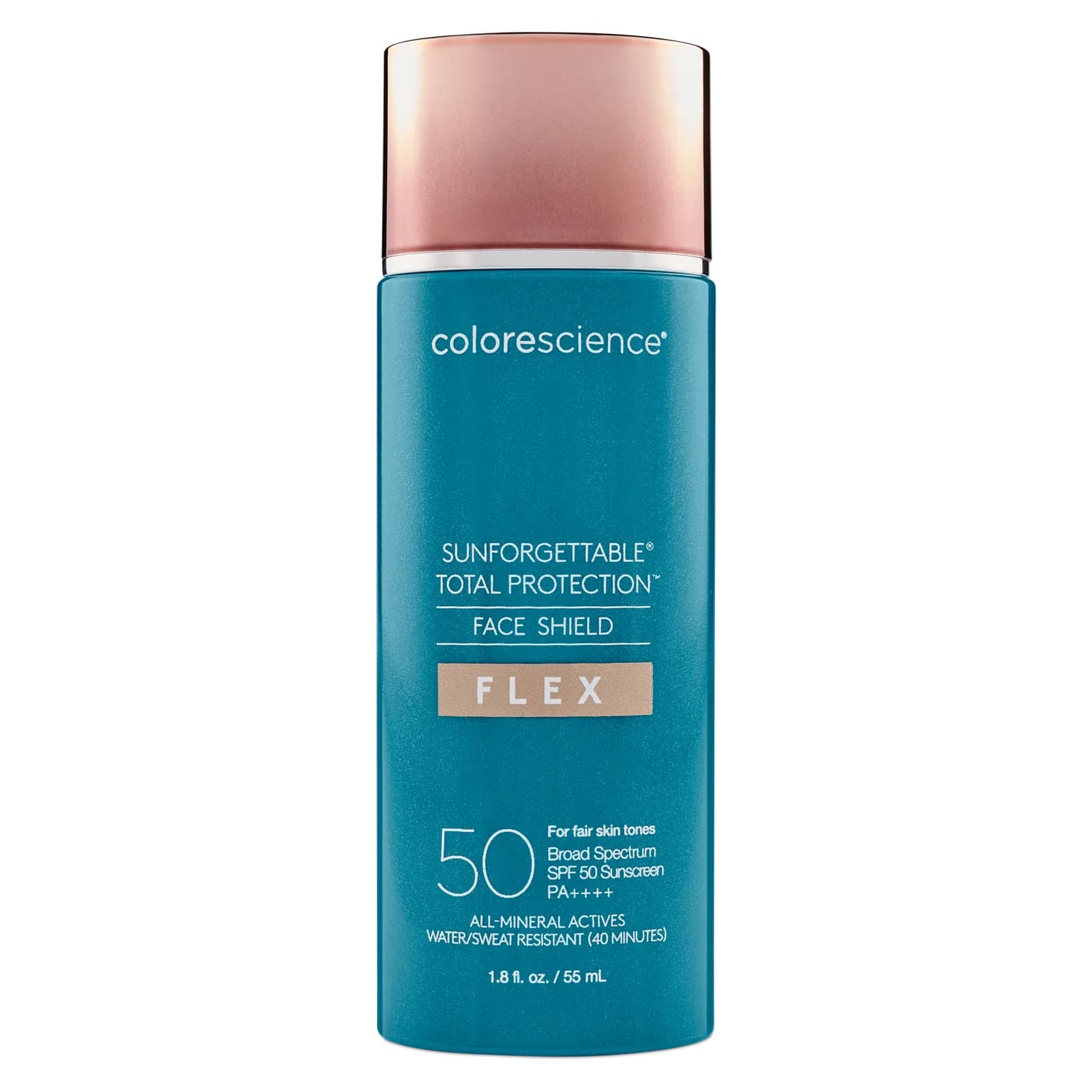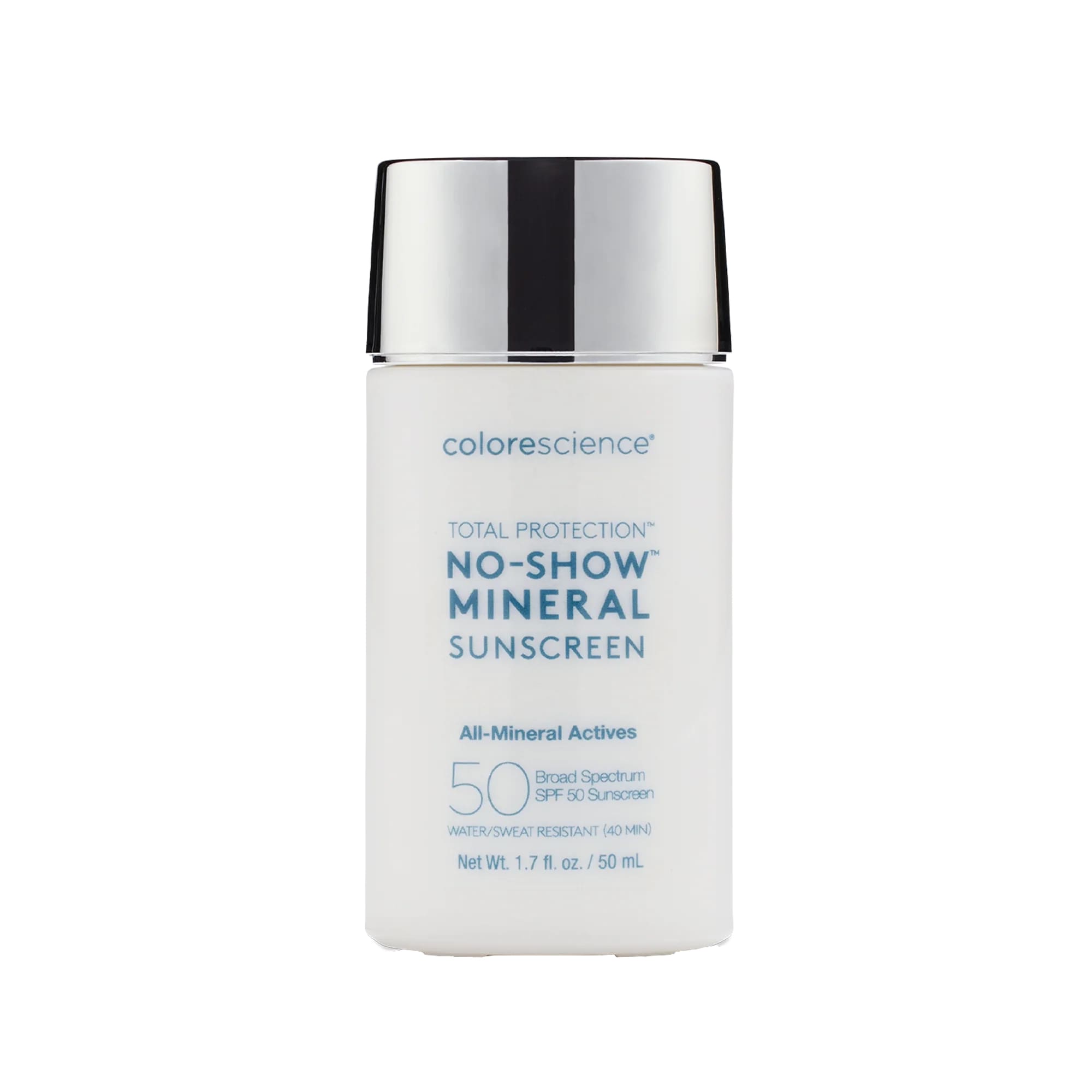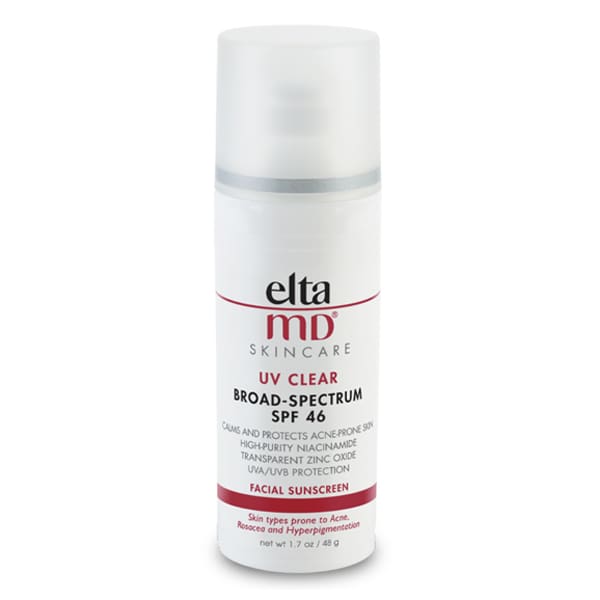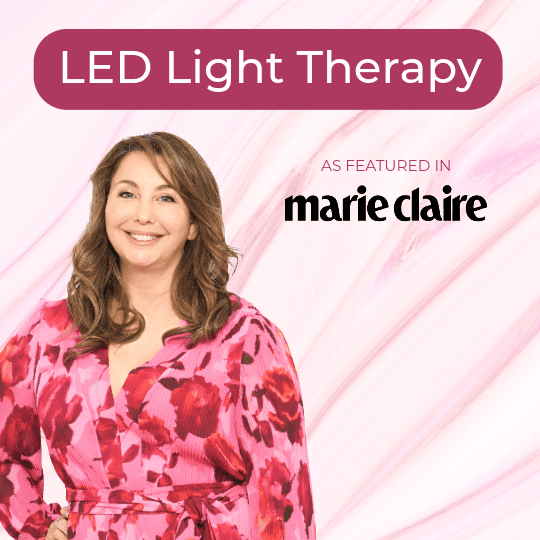Best Moisturizers for Glowing Skin | As Seen in Vogue
Glowing skin starts with the right moisturizer. Hear Dr. Alexandra Bowles share her expert recommendations for hydrating formulas that nourish, protect, and leave your complexion naturally radiant. Don’t forget to check out the full article in Vogue!
Dr. Bowles’ Top Picks
From Mona Dermatology:
Other Options:
- iNNBeauty Project Extreme Cream: This cream is a wonderful option for patients looking for deep hydration paired with visible results. Its rich texture immediately comforts dry or mature skin, but what sets it apart are the clinically measured improvements in firmness and elasticity after six weeks of consistent use. The formula helps smooth deep wrinkles, plump the skin, and visibly contour areas of sagging, giving the complexion a healthier, more lifted appearance. It leaves skin looking luminous without feeling greasy. For those wanting both barrier support and anti-aging benefits in one step, this cream strikes a really nice balance.
- Clinique Moisture Surge: Clinique’s Moisture Surge is an excellent choice for those looking for lasting hydration in a lightweight, refreshing formula. With hyaluronic acid and aloe bio-ferment, it penetrates deeply to deliver up to 100 hours of stabilizing hydration, helping skin bounce back from everyday stressors like lack of sleep, travel, or sun exposure. It not only hydrates but also protects with antioxidants like vitamins C and E, which guard against environmental “dehydrators” that accelerate aging. Skin feels soothed within seconds, with a soft glow that lasts, making it especially helpful for those prone to dryness or dullness. Plus, its smooth, gel-cream texture preps the skin beautifully for makeup, giving patients a hydrated base without greasiness or pilling.
- Sulwhasoo Concentrated Ginseng Renewing Cream: The Sulwhasoo Concentrated Ginseng Renewing Cream is a rich, nourishing option for anyone looking to target dryness and visible signs of aging. Powered by ginseng and peptides, it helps skin feel firmer and more resilient while smoothing the look of fine lines. The added vitamin C derivative brings a healthy brightness, and squalene gives deep, lasting hydration without being heavy. I like that it works well across most skin types, leaving the complexion plumper, hydrated, and more radiant with regular use. What makes this cream stand out is how it brings a sense of luxury to your daily routine, while still delivering results you can actually see and feel. The texture melts into the skin without heaviness, which makes it easy to use day or night. With time, skin not only looks firmer, but also feels healthier and more supported.
- Paula’s Choice Skincare C5 Super Boost Moisturizer: Paula’s Choice C5 Super Boost Moisturizer is a great option for patients looking for hydration and brightening in one step. The lightweight gel-cream texture makes it easy to wear daily, whether under makeup or on its own, and it leaves skin feeling refreshed rather than heavy. With 5% vitamin C, it helps counter dullness and protect against free-radical damage from the environment, something I emphasize to patients dealing with early signs of sun damage. The dual-encapsulated lipid blend is especially helpful for supporting barrier health, keeping skin resilient and balanced over time. I also like that it “trains” the skin to stay hydrated, meaning the benefits build with consistent use, leaving skin looking firmer, smoother, and more supple.
- Tata Harper Water-Lock Moisturizer: The Tata Harper Water-Lock Moisturizer is a beautiful option for patients who want hydration and priming in one easy step. It uses orange peptides and pomegranate spheres to create a breathable, smoothing barrier without relying on silicones, making it especially appealing for those with sensitive or acne-prone skin. Its water-locking technology delivers steady surface hydration, helping skin feel fresh and comfortable all day. Patients love that the lightweight, gel-like texture layers beautifully under makeup, almost like a built-in primer. For anyone looking to simplify their routine while still keeping skin healthy, hydrated, and radiant, this moisturizer checks a lot of boxes.

